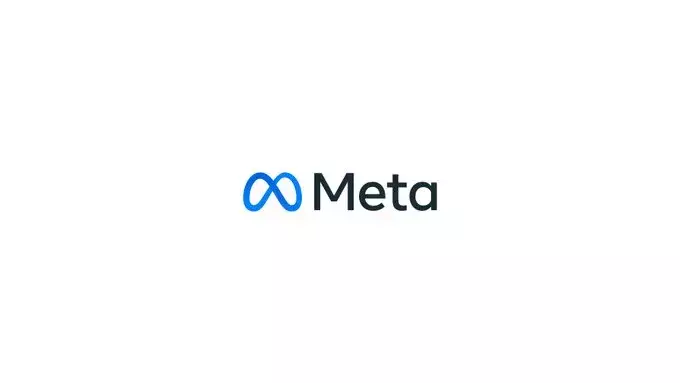The advertising landscape continues to evolve, and Meta is once again at the forefront with its introduction of “Flexible Media.” This latest feature represents a strategic advancement in how brands can tailor their ad campaigns to maximize performance and user engagement. At its core, Flexible Media is designed to allow advertisers more flexibility in presenting their content, leveraging data-driven insights to increase the effectiveness of their ads.
Meta’s decision to roll out Flexible Media stems from a well-defined ambition: to enhance the performance of advertisements displayed on its platforms. Traditional ad campaigns often demand significant manual intervention, with marketers carefully selecting which images or messages to show to their target demographics. With the introduction of Flexible Media, Meta aims to streamline this process.
Advertisers have long struggled with the challenge of understanding which creative content resonates most effectively with different audience segments. Flexible Media addresses this by enabling Meta’s sophisticated algorithms to select among various image options and tailor the ad delivery based on predicted responses. The fundamental idea is to give the system the reins for ad placement, enhancing efficiency while potentially improving overall engagement rates.
It is essential to recognize how Flexible Media contrasts with existing advertising tools. For instance, this feature is distinct from what Meta previously offered under the label of “Flexible Ads.” While Flexible Ads allowed for the submission of multiple images for a singular ad, giving the system the ability to choose which images to display, Flexible Media takes it a step further. It introduces the concept of customizing the visuals based on placement types, thereby refining the personalization of the ad delivery further.
This nuanced differentiation is crucial for brands seeking to stay current with advertising trends. Flexible Media expands the creative avenues available to advertisers, enabling them to maximize their campaigns’ effectiveness across varied Meta platforms. By allowing the algorithm to dictate which creative assets to showcase for each placement, advertisers can potentially see increased engagement that manual selection might have limited.
Meta’s overarching trend appears to be aimed at automating the advertising process. The adoption of automated solutions, such as AI-backed campaign tools, shows a calculated move towards reducing hands-on involvement from marketers. The flexibility offered through features like Flexible Media signals a future where users may only need to provide a URL, and the system would autonomously configure and execute a complete ad campaign.
This design shift opens up a critical conversation regarding control. For many marketers, there might be an inherent discomfort in relinquishing direct oversight over ad creative. The fear of missing out on nuanced understanding of their audience’s preferences can create resistance to adopting such automated methods. However, leveraging Meta’s data capabilities might yield new insights into audience behavior that could otherwise remain obscured by manual targeting methods.
As advertisers weigh the benefits and potential drawbacks of the Flexible Media option, it is worth considering the value of experimentation. The promise of improved results through automated targeting should entice marketers to test this new approach. While it might initially feel counterintuitive to cede control, exploring the capabilities of Meta’s advanced AI might reveal new channels to engage effectively with audiences.
Meta’s Flexible Media represents a pivotal shift in the advertising paradigm. As marketers adapt to changes in user behavior and preferences, embracing automated tools like Flexible Media could offer a competitive edge. By trusting the system’s capabilities, brands might not only optimize ad performance but also gain enhanced insights into their audience, ultimately reshaping their marketing strategies for the digital age.

